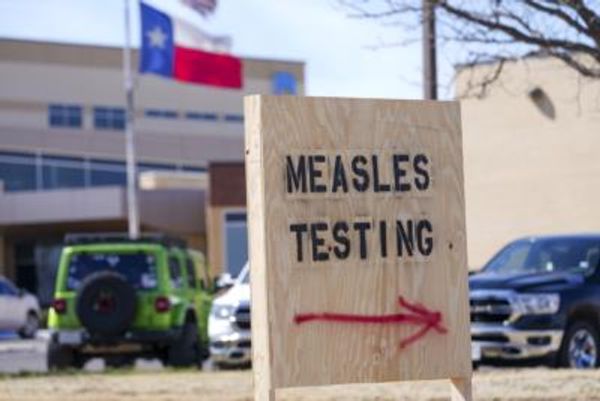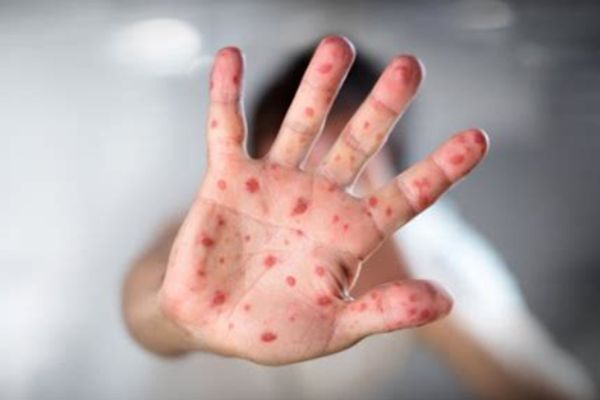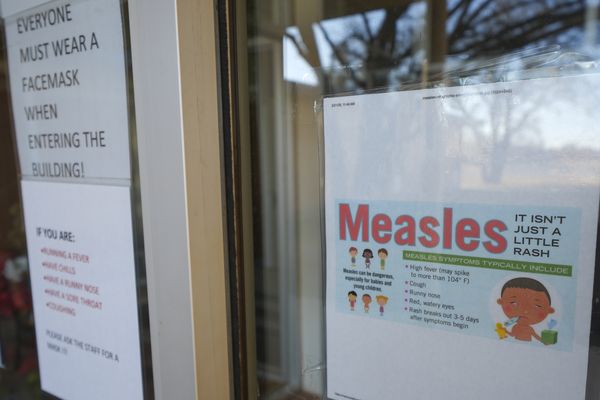Children who rely on gastric fistulas to receive nutrition via an external feeding tube that connects directly to the stomach are being given the option of pureed foods instead of conventional formula at an increasing number of special needs schools.
A survey on the effects of the special pureed meals indicated that they had a positive influence on students' physical and mental health.
On Dec. 24, a teacher told student Yuna Nishiyama about the meal she was about to receive at Tokyo Metropolitan Mizumoto Koai Gakuen, a special needs education school, in Katsushika Ward, Tokyo.
"This is ketchup rice, and this is a cake," the teacher explained to the 11-year-old who relies on feeding tubes due to a chronic disorder caused by the aftereffects of an illness. The fifth grader's expression brightened when a nurse tube-fed her the lunch, which was prepared by pureeing a meal prepared at the school.
The use of gastric fistulas by people who have difficulty swallowing due to disease or injury has increased rapidly in Japan in the past 20 years, and hundreds of thousands of people rely on them.
In Tokyo, students with gastric fistulas normally attend one of 18 special needs schools for children with physical disabilities. Children had been required to bring nutritional formula from home. However, the Tokyo Metropolitan Board of Education launched a pilot program in fiscal 2019 at four schools, including Mizumoto Koai Gakuen, to provide pureed meals that are administered by nurses, in response to requests from parents.
The program proved popular, and as of this fiscal year, the majority of Tokyo special needs schools offer the service.
-- Pleased parents
"The schools' provision of mealtime support has greatly lightened the load for parents," said Naoko Tanaka, whose 8-year-old son, Keito, attends the Hachioji Higashi special needs school in Hachioji, Tokyo.
Keito, who often gets sick when he is fed conventional formula through a tube, consumes pureed meals at home.
Keito's school was among those chosen to participate in the pilot project, and he has been receiving pureed lunches since joining the school in 2020. Up until last autumn, however, his mother had to attend the school every day, as only parents were allowed to tube-feed pureed meals to the children.
"My son looks happy having the same food as his classmates," Tanaka said. "He especially looks forward to dessert."
In line with the full-scale provision of pureed lunches, the metropolitan government's board of education has drawn up guidelines on how to deal with allergies and how to check whether children are full to prevent overfeeding.
The board of education also explains how to create manuals with information about the different doses and feeding intervals required by each individual.
"This is also important from the viewpoint of food education," a board of education official said.
The Kanagawa Prefectural Board of Education has been at the forefront of the pureed-meal initiative, establishing guidelines in 2012 for their use at special schools.
A survey of parents carried out by Kanagawa Children's Medical Center in Yokohama on the effects of pureed-meal diets on children with gastric fistulas returned positive results. Thirty-five percent of parents said their children's skin had become less dry, while 23% said their children now smiled more often.
The center's Dr. Norihiko Kitagawa, who instructs special needs schools in the prefecture about the use of the meals, explains that such foods provide more nutrients and fiber than conventional formula. "When children are given pureed meals, they can enjoy mealtimes even if they can't eat through their mouths," Kitagawa said. "Parents can feel assured that their kids have been given a proper meal."
There has been a rise in the number of children who require medical support such as gastric fistula-related feeding, sputum aspiration and ventilators in their daily lives.
A Health, Labor and Welfare Ministry estimate shows that the figure almost doubled from 9,987 in 2005 to 19,238 in 2020. This increase has been attributed to advances in medical technology that allow children to stay at home rather than having to stay long-term in hospitals.
In September last year, a law was enacted to provide social support for children who need medical care and their families.
Mami Yamamoto, a child welfare professor at Toyo Eiwa University said, "It's essential to allocate more nurses and doctors to schools, and increase the expertise of teachers and other involved parties."
Read more from The Japan News at https://japannews.yomiuri.co.jp/







